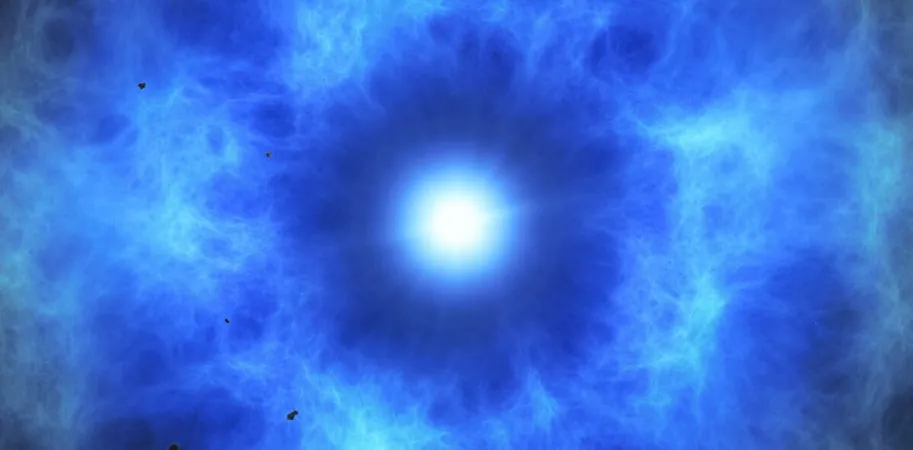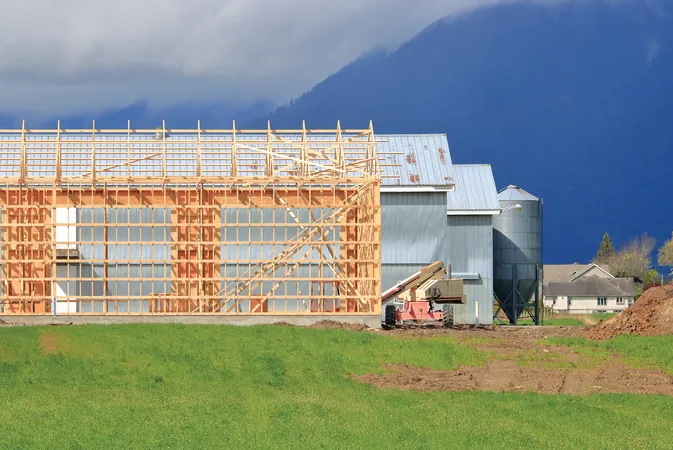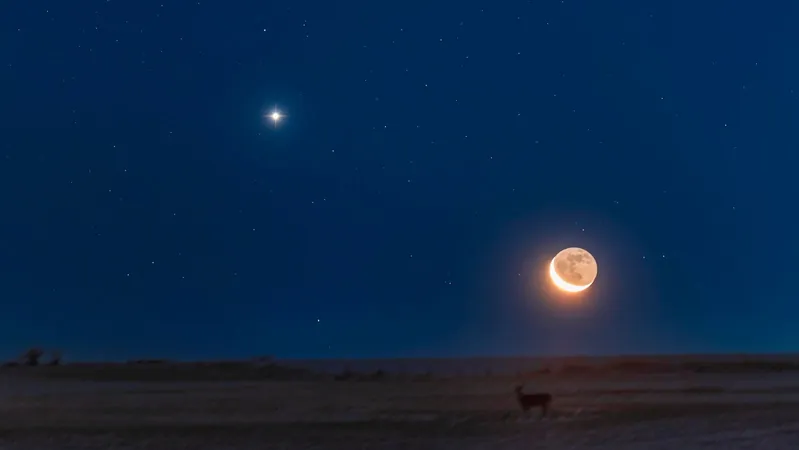
Could a Supernova Have Shaped Human Evolution and Our Climate?
2025-09-02
Author: Noah
The Shocking Link Between Exploding Stars and Earth's Past
Have you ever wondered how a distant supernova might influence life on Earth? Renowned researcher Francis Thackeray has put forth a groundbreaking hypothesis that connects ancient supernovae, global cooling, and the very evolution of humanity.
A Revolutionary Hypothesis on Climate Change
Traditionally, scientists believed that ancient global cooling events were driven primarily by ocean currents. Thackeray challenges this view, suggesting instead that the remnants of supernovae—violent explosions of massive stars—may have played a pivotal role in this climatic shift between 3 and 2.6 million years ago.
How Did Supernovae Shape Our Climate?
Supernovae unleash massive amounts of energy and expel elements into space. Among these elements is the isotope Fe-60, a rare type of iron that has been found in marine cores from the Indian Ocean, pointing to cosmic activities occurring millions of years ago.
Thackeray's research indicates a linear increase of Fe-60 between 3 million and 2.6 million years ago. This period correlates with significant climate changes, potentially triggered by cosmic rays from nearby supernovae affecting Earth's ozone layer and leading to global cooling.
Impact on Flora, Fauna, and Early Humans
The cooling climate would have drastically altered plant distributions, thereby impacting animal species reliant on these plants. This environmental shift likely set the stage for changes in early hominin populations, like Australopithecus. For instance, the well-documented boundary between the Pliocene and Pleistocene coincided with significant extinctions, potentially linked to these climatic disruptions.
The Role of Cosmic Rays in Genetic Evolution
Thackeray goes further, theorizing that cosmic rays emitted from supernovae might have stimulated genetic mutations among hominoids, including our ancestors. This 'hominoid mutation hypothesis' suggests that the frequencies of supernovae may correlate with patterns of evolution and biodiversity over the past 500 million years.
Why This Matters Today
As we grapple with current climate crises, understanding the profound effects of cosmic events on Earth’s climate history gives us a fascinating perspective on our planet’s past. Could our very existence be tied to the explosive life-death cycles of stars? Thackeray's hypothesis encourages us to reconsider not only our origins but the planetary dynamics that shape us.
The Cosmic Connection to Humanity's Journey
This riveting theory opens a new chapter in how we view human evolution and our relationship with the universe. As we continue to explore our origins, the mysterious forces of the cosmos remind us that life on Earth is a stunning interplay of cosmic and terrestrial phenomena.









 Brasil (PT)
Brasil (PT)
 Canada (EN)
Canada (EN)
 Chile (ES)
Chile (ES)
 Česko (CS)
Česko (CS)
 대한민국 (KO)
대한민국 (KO)
 España (ES)
España (ES)
 France (FR)
France (FR)
 Hong Kong (EN)
Hong Kong (EN)
 Italia (IT)
Italia (IT)
 日本 (JA)
日本 (JA)
 Magyarország (HU)
Magyarország (HU)
 Norge (NO)
Norge (NO)
 Polska (PL)
Polska (PL)
 Schweiz (DE)
Schweiz (DE)
 Singapore (EN)
Singapore (EN)
 Sverige (SV)
Sverige (SV)
 Suomi (FI)
Suomi (FI)
 Türkiye (TR)
Türkiye (TR)
 الإمارات العربية المتحدة (AR)
الإمارات العربية المتحدة (AR)